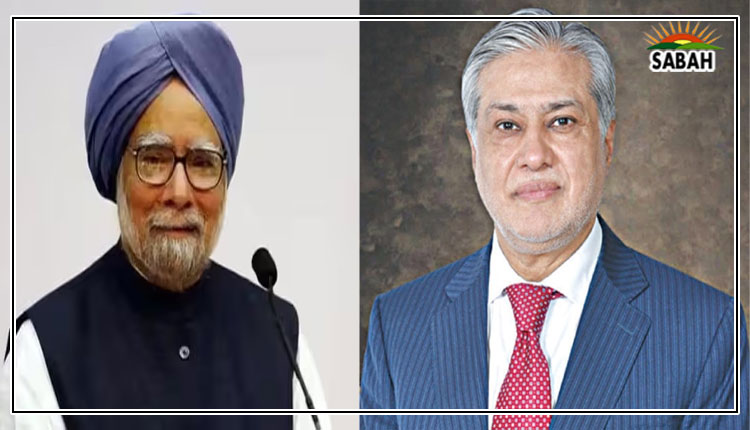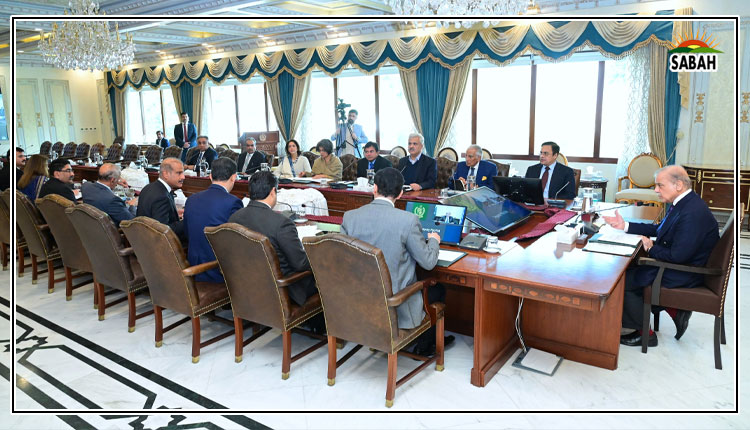Climate adaptation…Huma Yusuf
WORLD War III will get us before climate change. This is an increasingly common refrain, an understandable response to tragic and terrifying world events. As the Israel-Gaza war dominates headlines, its not surprising that developments in the lead-up to the annual UN climate change conference, COP28, have been sidelined. But one disaster does not negate another, and we will equally have to contend with conflict and the consequences of climate change. For most Pakistanis, the latter is arguably more immediately existential.
The World Meteorological Society in May this year reported that the world would by 2027 breach the 1.5 degrees Celsius climate threshold agreed at the 2015 Paris climate summit, meaning that average global temperatures are likely to rise by more than 1.5C above pre-industrial levels. Thats three years away. How old will you be? Your children?
Facing failure in the face of this key target, global climate leaders are seeking success elsewhere. Attention is turning to climate adaptation the need to adjust social, economic and ecological systems to adapt to the reality of climate change and its impacts. Climate efforts so far have coalesced around mitigation (reduction of GHG emissions), but there is growing recognition that as we seem incapable of giving up our addiction to fossil fuels, we must learn to adapt to the consequences of burning them.
According to a recent UN report, developing countries need $387 billion a year to adapt to climate change, an amount that has increased by $47bn since the last count. The UN report found that the adaptation financing need was 10 to 18 times more than current international public finance flows, which have dwindled in recent years. According to former climate minister Sherry Rehman, Pakistan alone needs $348bn by 2030 to build climate resilience. But as of November 2022, the country had only received $86.2 million since 2016 in bilateral grants with a climate adaptation focus. The numbers are stark enough that the president-designate of COP28 last week conceded that adaptation doesnt get adequate finance.
Pakistan has already recognised the need to prioritise adaptation (floods that put over one-third of your land mass under water would do that). The climate change ministry in July published Pakistans first-ever National Adaptation Plan (NAP). The plan was 11 years too late as per the countrys own climate strategy, but timely in the run-up to COP28.
Covering the seven-year period to 2030, NAP aligns with UNs best practice approaches and climate adaptation frameworks. Its recommendations also align with key findings of a recent McKinsey report that advocates for a systemic approach to climate adaptation. That approach highlights the importance of a climate risk management mindset; technological and behavioural adaptation levers; economic and societal adjustments; and governance, institutional support, and commitment.
McKinseys economic and societal adjustment bucket calls for compensating mechanisms for vulnerable communities and institutions and under its governance category it pushes for community awareness and engagement. Pakistans NAP echoes these principles with recommendations for evidence-based decision-making, the need to act locally, and a major emphasis on inclusion and equity (particularly for women, youth and marginalised communities), and with clear language promoting social justice and insisting that no one be left behind.
Heres the elephant in the room. These principles are not the reality of our society. Inclusion and equity are an afterthought when it comes to other areas such as access to healthcare, justice, rule of law, education or public finances. Adaptation strategies will indeed work best when developed and implemented locally, but how will that work in a country that shuns and disempowers local governments? And women and marginalised communities are no doubt most at risk from climate impacts, but given how we violate their rights in normal circumstances, why would we behave differently when faced with heat, floods or fire?
Critiques of climate adaptation approaches are still too high level. McKinsey celebrates that 84 per cent of the parties to the UN Framework Convention on Climate Change have adaptation plans, but points out these are not grounded in the physical risks they ameliorate, do not articulate financing needs, and are yet to be executed. Even critiques of NAP focused on the lack of details around financing mechanisms and the scant specifics on implementation. But there is little mention of the disconnect between adaptation planning and societal attitudes more broadly. Without meaningfully changing ourselves and our society, we will not successfully adapt to a climate change-affected world.
Courtesy Dawn











